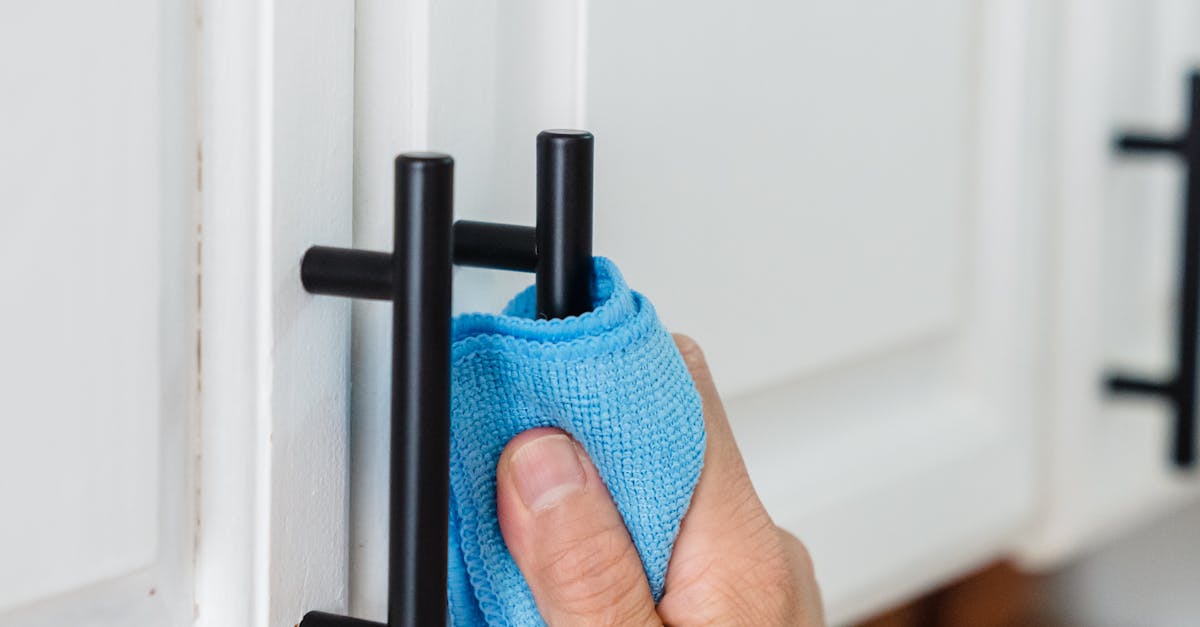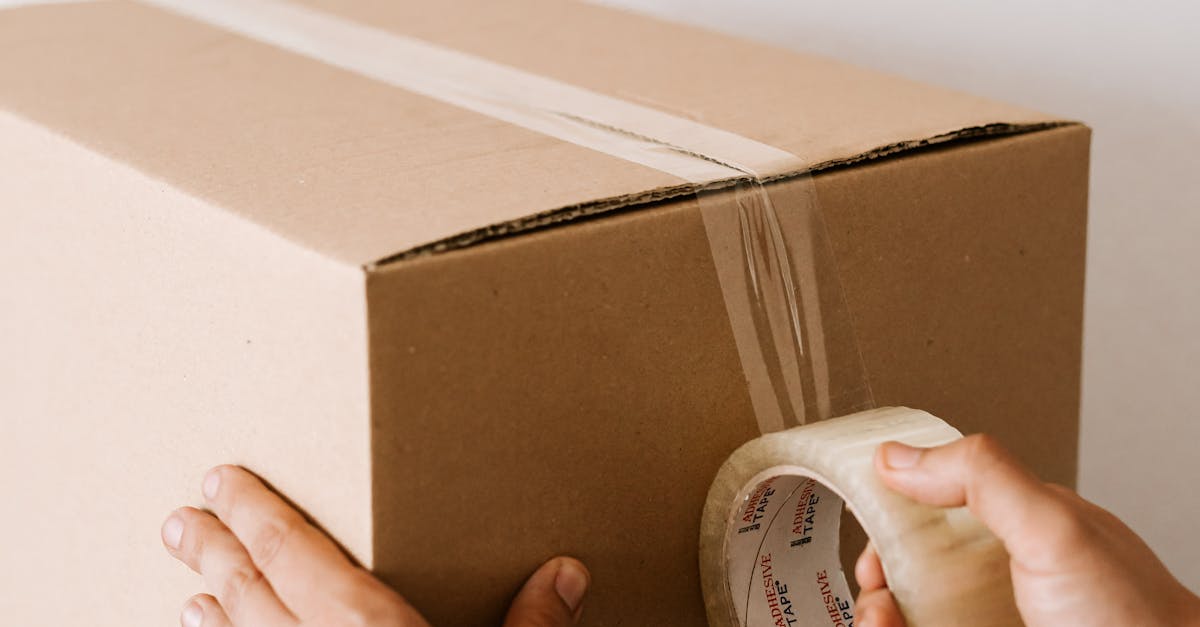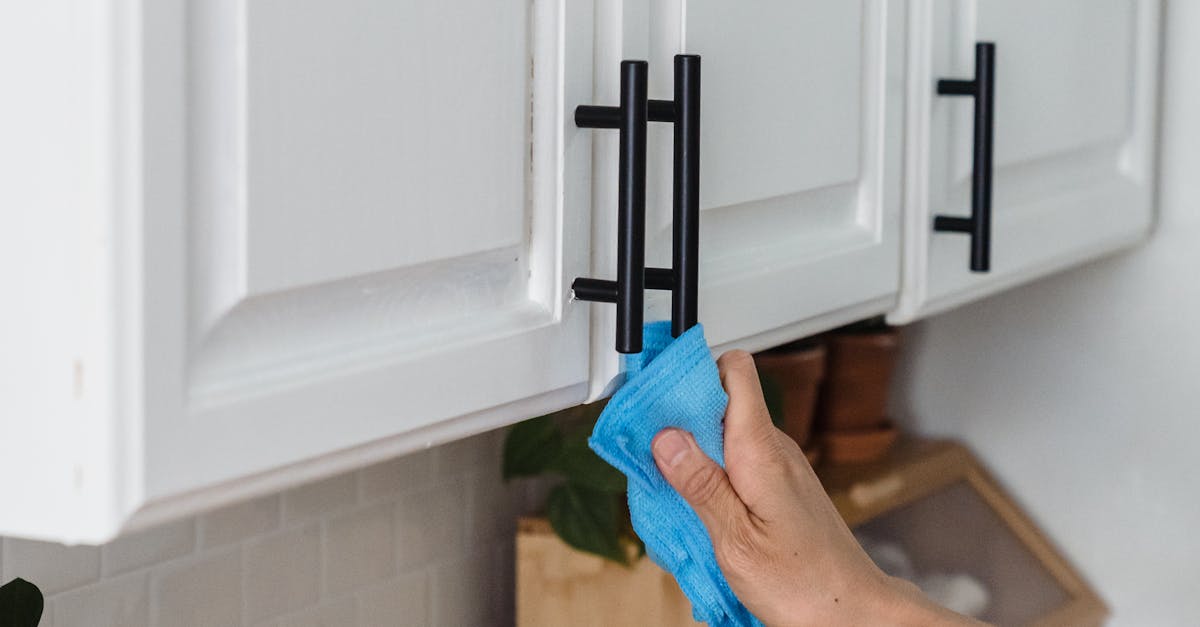
Table Of Contents
Organizing Items After Deep Cleaning Inside Kitchen Cabinets
Organizing items after deep cleaning inside kitchen cabinets is crucial for maintaining a neat and functional kitchen space. Once you have thoroughly cleaned the cabinets, it's time to carefully arrange the items back inside. Start by grouping similar items together to make it easier to locate them when needed. Consider using containers or dividers to keep smaller items organized and prevent them from becoming cluttered. Utilizing storage solutions such as stackable shelves or bins can also help maximize space and keep your cabinet interiors tidy. Remember, the key to efficient cabinet organization is to ensure that frequently used items are easily accessible while less used items are stored towards the back of the cabinet.
Properly organizing your kitchen cabinets post deep cleaning not only enhances the visual appeal of your kitchen but also improves your cooking experience. Take advantage of adjustable shelving to accommodate items of various sizes and heights. Utilize clear storage containers to easily identify the contents and avoid unnecessary clutter. Assign specific areas within the cabinet for different categories such as spices, canned goods, or baking supplies to streamline your meal preparation process. By implementing these organization strategies, you can maintain the cleanliness and orderliness of your kitchen cabinets for an extended period, elevating the overall functionality of your kitchen space.
Get more info by visiting this post.
Sorting items before placing them back in the cabinets
Sorting items before placing them back in the cabinets is a crucial step in the process of deep cleaning. Start by removing all items from the cabinets and categorize them into groups such as utensils, dinnerware, small appliances, and others. This will make it easier to assess what needs to be kept, donated, or discarded. During this process, take the opportunity to wipe down each item before returning them to create a fresh and clean cabinet space. By organizing items in such a way, you will not only optimize the storage space but also create a more functional and visually appealing kitchen.
When sorting items for Cabinet Cleaning, consider the frequency of use for each item. Store frequently used items within easy reach to avoid unnecessary clutter and frustration. Place less commonly used items in higher or lower shelves to make them easily accessible while keeping the everyday essentials at arm's length. Group similar items together, like placing baking sheets and muffin tins in one designated area and spices in another. This system of organization not only simplifies everyday tasks but also maintains the cleanliness of your cabinets by preventing items from being haphazardly shoved inside, leading to disarray.
Maintaining Clean Kitchen Cabinets for LongTerm
Maintaining clean kitchen cabinets for the long term is essential for a tidy and organized kitchen space. After completing a thorough cabinet cleaning, it is imperative to establish a routine for maintaining the cleanliness of cabinet interiors. Regularly wiping down the surfaces with a mild cleaning solution can prevent the buildup of grime and grease that accumulates over time. This simple practice not only keeps the cabinets looking fresh but also contributes to a healthier environment in the kitchen by eliminating potential sources of germs and bacteria.
In addition to wiping down cabinet interiors, incorporating the use of shelf liners can further protect the surfaces from spills and stains. These liners act as a barrier between your belongings and the cabinet shelves, reducing the likelihood of damage from leaky containers or sticky residues. By implementing these strategies as part of your regular cleaning regimen, you can extend the longevity of your kitchen cabinets and preserve their pristine condition for years to come.
Regularly wiping down cabinet interiors to prevent buildup
Regularly wiping down cabinet interiors is a crucial step in maintaining clean and organized kitchen cabinets. This simple task helps prevent the buildup of dirt, grease, and grime that can accumulate over time. By incorporating regular cabinet cleaning into your cleaning routine, you can ensure that your kitchen remains a sanitary environment for food storage and meal preparation.
To effectively wipe down your cabinet interiors, start by removing all items from the cabinets. Use a mild detergent or a mixture of water and vinegar to clean the surfaces thoroughly. Be sure to pay attention to corners, edges, and handles where debris tends to accumulate. Once you have wiped down all surfaces, dry them with a clean cloth to prevent moisture buildup. By staying consistent with this cabinet cleaning practice, you can maintain a hygienic and well-organized kitchen space.
Tips for Preventing Future Deep Cleaning Inside Kitchen Cabinets
When it comes to preventing the need for extensive deep cleaning inside your kitchen cabinets, incorporating regular maintenance habits can go a long way. One effective strategy is to install shelf liners in your cabinets. These liners act as a protective barrier, preventing spills, stains, and crumbs from coming into direct contact with the cabinet surfaces, ultimately reducing the buildup of grime and grease. By simply wiping down the liners with a damp cloth or sponge when needed, you can maintain a cleaner cabinet interior and lessen the frequency of Cabinet Cleaning.
Another helpful tip for minimizing the need for future deep cleaning inside kitchen cabinets is to practice good organizational habits. By sorting and grouping items stored in your cabinets, you can prevent clutter and make it easier to locate specific items. Additionally, regular decluttering sessions can help you reassess what is necessary to keep, reducing the chances of items being forgotten in the back of the cabinet and accumulating dust and dirt over time. Taking small proactive steps like these can significantly contribute to maintaining cleaner and more organized kitchen cabinets in the long run.
Installing shelf liners to protect cabinet surfaces
Installing shelf liners in your kitchen cabinets is a crucial step in maintaining a clean and organized space. These liners act as a barrier between the cabinet surface and your stored items, preventing spills, stains, and scratches. By adding shelf liners, you not only protect the interior of your cabinets but also make future Cabinet Cleaning much easier.
When choosing shelf liners, opt for materials that are durable, easy to clean, and fit the dimensions of your cabinets. You can select from a variety of options such as adhesive liners, non-adhesive liners, or even cork liners for a more eco-friendly choice. Investing in quality shelf liners will ensure that your cabinet surfaces remain in pristine condition for years to come.
FAQS
How often should I deep clean inside my kitchen cabinets?
It is recommended to deep clean inside your kitchen cabinets at least once or twice a year to maintain cleanliness and organization.
What supplies do I need to deep clean inside kitchen cabinets?
You will need cleaning solutions such as mild soap or vinegar, a sponge or cleaning cloth, a vacuum cleaner with a brush attachment, and shelf liners for protection.
How do I remove tough stains or grease buildup inside kitchen cabinets?
For tough stains or grease buildup, mix a solution of vinegar and water or use a mild dish soap with warm water to scrub the affected area. You may need to repeat the process multiple times for stubborn stains.
Should I remove all items from my kitchen cabinets before deep cleaning?
Yes, it is best to remove all items from your kitchen cabinets before deep cleaning to ensure a thorough cleaning and to reorganize the items effectively.
Can I use bleach to deep clean inside kitchen cabinets?
It is not recommended to use bleach inside kitchen cabinets as it can be harsh and leave a strong odor. Stick to mild cleaning solutions to avoid damaging the cabinet surfaces.


